Sri Venkateswara National Park Tour With A Complete Guide To Witness Wildlife In 2025
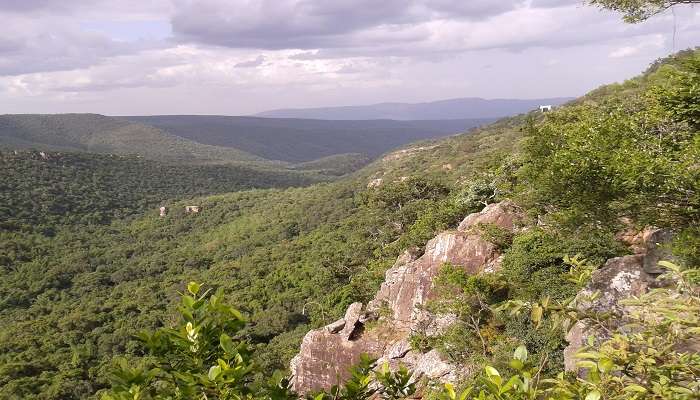
One of the richly biodiverse and scenically brilliant national parks in the Eastern Ghats of Andhra Pradesh is the Sri Venkateswara National Park, measuring over 350 square kilometres. This park is named after the presiding deity, Lord Venkateswara, of the famous Tirumala Venkateswara Temple located in its proximity. Starting from dense forests to rolling hills with softly falling waterfalls, the various ecosystems of this park sustain a variety of wildlife—tigers, leopards, sloth bears, and several species of deer and birds. The list also includes some rare plant species and medicinal herbs, increasing its ecological importance. The famous Sri Venkateswara National Park allows its visitors the widest possible activities that range from trekking to birdwatching and tours across various natural wonders contained within it. It provides an unforgettable experience to nature lovers as well as devotees—proving to be a ‘must-visited’ place.
Sri Venkateswara National Park Wildlife
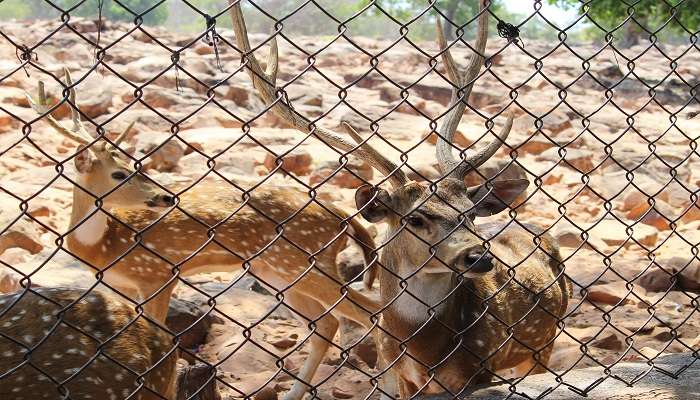
It is home to many wildlife and is a place for nature and animal lovers. The park’s different habitats, from dense forests to grasslands and wetlands, provide appropriate environments for various animal species. Notable among these are the Bengal tiger, leopard, and Indian elephant, all of which range freely within these protected environs. Other mammals include the sloth bears, sambar deer, spotted deer, and wild boars.
The place remains a haven for bird enthusiasts, with its large resident population of about 150 species, including the rare and endangered yellow-throated bulbul, the Indian roller, the crested serpent eagle, and peafowl.
Other reptiles, such as the Indian rock python, different species of lizards, and different species that get counted in the snakes, enjoy the ecosystems. Such diversity of flora and fauna makes Sri Venkateswara National Park an interesting area for conservation and an interesting place for a visitor.
Also Read: Godavari Bridge
Sri Venkateswara National Park Biodiversity
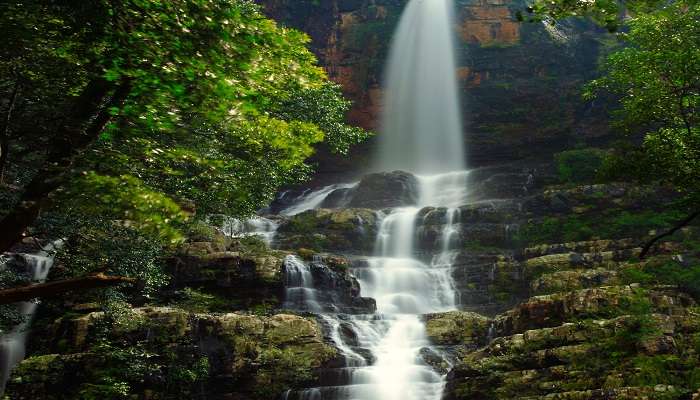
One reason Sri Venkateswara National Park is popular is the outstanding, rather panoramic, biodiversity it provides regarding flora and fauna. Vegetation gradients range from mixed deciduous and semi-evergreen forests to grasslands and shrublands, thereby providing many habitats for many plant species.
It shelters many scarce and endemic plant species, including the critically endangered red sanders, a tree highly exploited for its wood. Within its bounds are a long list of medicinal herbs of ecological and cultural significance. Its rich biodiversity supports complex webs of life with numerous mammalian species such as Tigers, Leopards, and Elephants and more than 150 species of birds, making the area very important for avian diversity.
It is also home to numerous amphibians and reptiles, including the Indian rock python and several species of frogs. This wonderful biodiversity not only underlies the need for conservation efforts within the park but also gives visitors an unparalleled opportunity to peek into the natural beauty and complexity of ecosystems within the Eastern Ghats.
Sri Venkateswara National Park -Flora And Fauna
Check out the detailed information regarding Sri Venkateswara National Park:
1. Flora Of Park

The forest’s flora is rich and varied, probably the most striking feature of this park. It represents almost all mixed deciduous, dry, evergreen, and tropical thorn forested tracts. The park harbours many rare and endemic plant species. Of the endangered constitution, the quite common red sanders (Pterocarpus santalinus), valued for its hardwood, is present here.
Other important plants are sandalwood, blue gum, shorea, and acacias. The park also sustains many types of shrubs, climbers, and herbs, most of which are used for medicinal purposes. At their best, the park abounds with multi-coloured wildflowers, and the scene is captivating, particularly during the blooming season. This vegetation supports the park’s wildlife, which is its primary richness, but balances the region’s ecology.
Tip: Opt to use a local guide to provide further details about the park’s flora and fauna and its cultural and historical significance. The guides make your visit a much more pleasant one and will be useful for personal safety in trekking and wildlife safaris.
Related Post: Mogalarajapuram Caves
2. Fauna Of Park
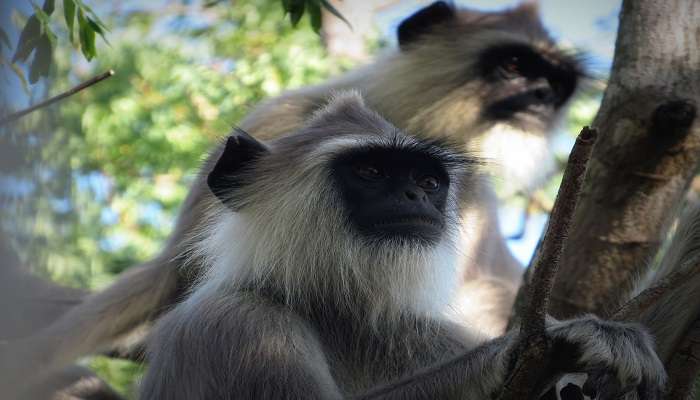
Equally important is the fauna within Sri Venkateswara National Park, which attracts various wildlife hobbyists and scholars. The park boasts a rich collection of mammals, including the Bengal tiger, Indian leopard, Wild Boar, and Sloth Bear, and about four varieties of deer, including the Sambar, Chital, and rare Four-Horned Antelope.
The park is also a big attraction for bird watchers, boasting approximately 150 different species of birds, including the endangered yellow-throated bulbul, crested serpent eagle, Indian roller, kingfishers, and woodpeckers of many species.
This park also houses other reptiles, such as the Indian rock python, monitor lizards, various kinds of snakes, and turtles. The park’s default ecosystems offer wildlife a safe haven, protecting them while contributing to the region’s biodiversity.
Tip: Wear comfortable trekking shoes and carry adequate gear such as water, snacks, sunscreen, and insect repellent. Do carry a first aid and camera.
Trekking At Sri Venkateswara National Park
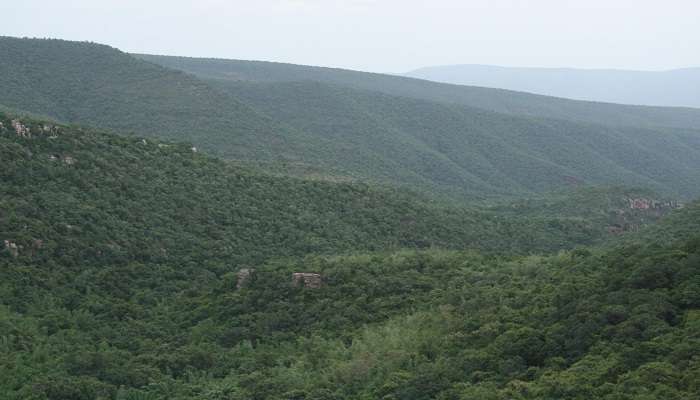
The Sri Venkateswara National Park inhabits its daring trekking destinations for the trekking enthusiasts, strolling amidst the remarkable landscapes. With numerous trekking trails, you can observe thick forests, rolling hills, and terrific landscapes that hold scenic viewpoints, which can be used to look at its natural beauty closely or encounter wildlife at their homes.
Some of the popular trekking routes include the Tirumala-Tirupati trek, leading to the hilltops to view the panoramic Eastern Ghats and the lush greenery below; another one goes to the Talakona Waterfall, the highest in Andhra Pradesh.
Embrace relaxation and chilling at the Talakona Waterfall, the highest waterfall in Andhra Pradesh, where one can feel the park’s serenity amidst total peace. If well chosen, the activity provides trekkers with a real-time grazing experience that is complemented by flora and fauna sightings during the trek.
Related Post: Hotels In Chittoor
Trekking Tips
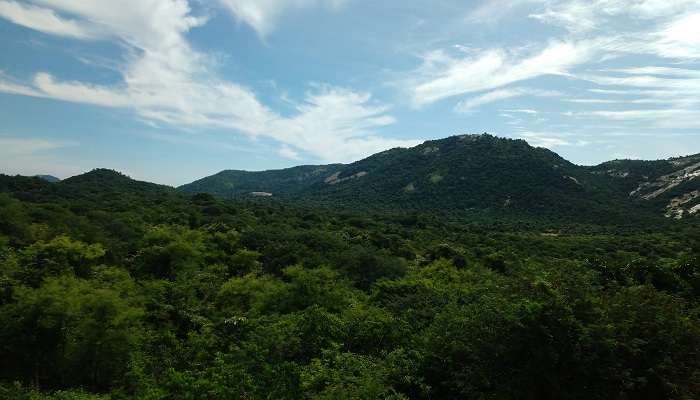
Wear proper trekking shoes, and make sure your rucksack carries enough water, snacks, first aid, and appropriate clothing in the day-pack. Abide by the park rules of not disturbing the wildlife and staying on the trek to avoid the areas not to be stepped on. Plan ahead of the weather, consider the type of weather you are trekking, and don’t go when monsoons are there with slippery trails. Engage with local guides: You may want to hire guides who are familiar with the area for the added safety measures and wayfinding. The guide can also provide information about the park’s flora, fauna, or cultural features. Pack out all trash: Leave the park the way you found it, with your litter.
You May Also Like To Read: Borra Caves In Vizag
View the scenic beauty and the varied wildlife at the Sri Venkateswara National Park in Andhra Pradesh. Trek in its dense forest, witness tigers and leopards and get lost amid beautiful, calm landscapes. Whether you are a nature enthusiast, wildlife fanatic, or adventure junkie, the Sri Venkateswara National Park is bound to offer one of the most memorable experiences of your lifetime right at the heart of the Eastern Ghats. Plan your trip to Andhra Pradesh today and make lifelong memories.
For our editorial codes of conduct and copyright disclaimer, please click here.
Cover Image Credit: bssasidhar for Wikimedia Commons
Frequently Asked Questions About Sri Venkateswara National Park
Where is Sri Venkateswara National Park?
It is located in the Eastern Ghats in the Indian state of Andhra Pradesh, in and around Tirupati town, which is most famous for the Tirumala Venkateswara Temple.
When to visit Sri Venkateswara National Park?
The best period to visit the Sri Venkateswara National Park is from the winter month starting from November to February when the weather remains cool or pleasing, which makes it apt for sighting wildlife and treks.
Which wildlife is found in Sri Venkateswara National Park?
There is a great diversity of wildlife in the park, including Bengal Tigers, Indian Leopards, Indian Elephants, Sloth Bears, Sambar Deer, Spotted Deer, and over 150 recorded species of birds.
Does the Sri Venkateswara National Park provide an area for trekking?
The Sri Venkateswara National Park has many hiking trails across diversified landscapes, some of them being forests, hills, viewpoints, etc. Popularly, one comes across trails to the Talakona Waterfalls, the viewpoint offering panoramic views of the Eastern Ghats and other similar feats.
Is there any accommodation like hotels for a stay around Sri Venkateswara National Park?
Yes, there are places where one can stay within the vicinity of the Sri Venkateswara National Park, ranging from budget guesthouses to more high-end resorts in Tirupati and a few towns neighboring it. Book accommodation in advance, especially in peak tourist seasons and festivals.
People Also Read:
National Parks In Odisha National Parks In Kashmir National Parks In Goa

Passionate Marketing Student with a flair for storytelling, eagerly embarking on a journey within the vibrant world of travel. Excited to merge analytical acumen with creative skills to elevate the editorial landscape of the travel industry.











